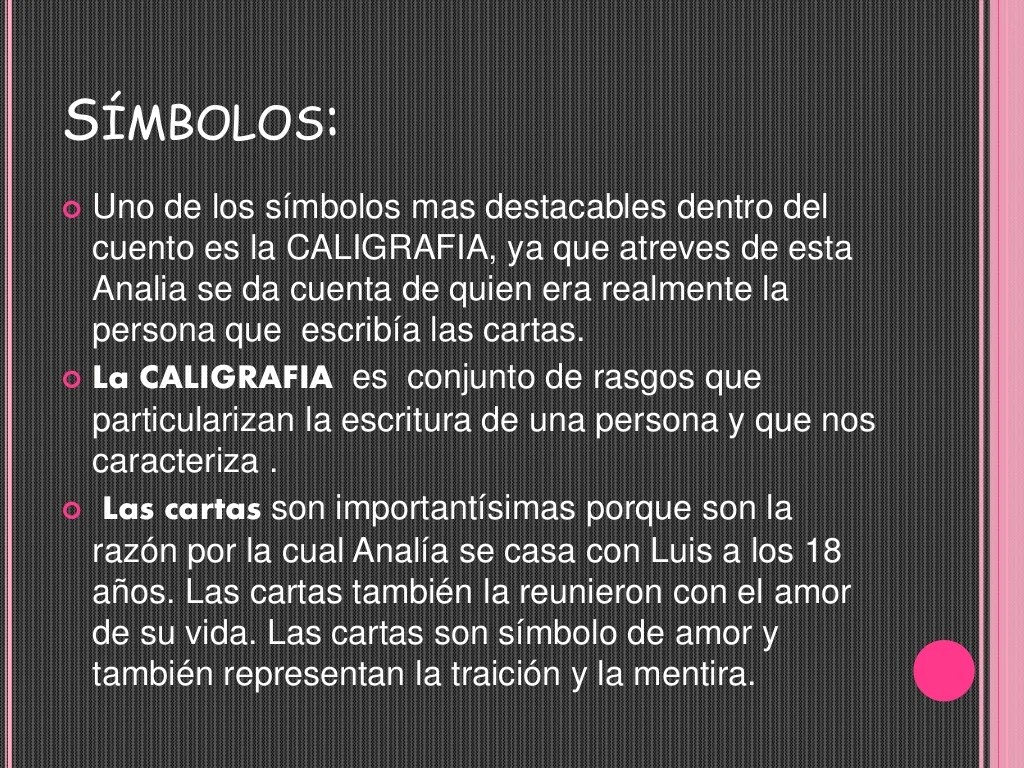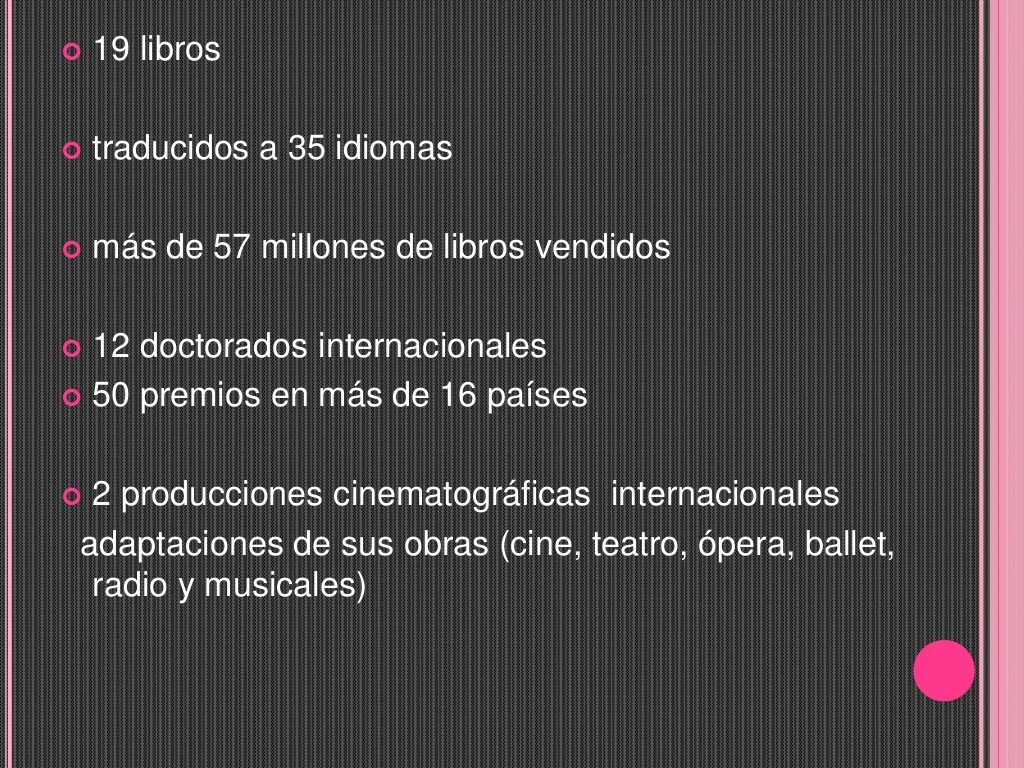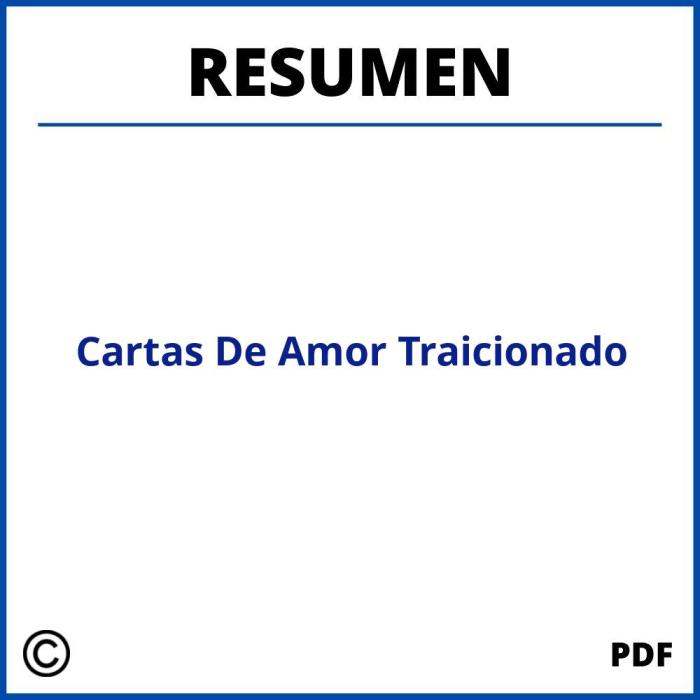Cartas de un amor traicionado es una obra literaria cautivadora que explora la profundidad del dolor y la traición a través de una serie de cartas desgarradoras. Este análisis literario desentraña la complejidad de las emociones del protagonista, revelando el impacto psicológico y sociocultural de la traición.
A través de un lenguaje evocador y un uso magistral de los recursos literarios, el protagonista da voz a su agonía, ofreciendo una perspectiva íntima de las etapas del duelo y la búsqueda de la aceptación.
Literary Analysis: Cartas De Un Amor Traicionado

The epistolary form in “Cartas de un Amor Traicionado” serves as a powerful tool in conveying the protagonist’s raw and intimate emotions. The letters provide a first-person perspective, allowing readers to witness the protagonist’s journey of heartbreak and betrayal in real-time.
The immediacy and personal nature of the epistolary form create a sense of authenticity, as if the reader is privy to the protagonist’s most private thoughts and feelings.
Throughout the letters, the protagonist employs a range of literary devices to express the depth of their pain and betrayal. Metaphors and symbolism are particularly effective in conveying the protagonist’s emotional turmoil. For example, the protagonist frequently compares their shattered heart to a broken vase, capturing the sense of irreparable loss and fragility.
Additionally, the use of imagery, such as descriptions of dark and stormy nights, reflects the protagonist’s inner turmoil and despair.
Evolution of Language and Tone
As the letters progress, the protagonist’s language and tone undergo a noticeable evolution. Initially, the letters are characterized by a sense of disbelief and shock, as the protagonist struggles to come to terms with the betrayal. However, as the protagonist’s emotions deepen, the tone becomes increasingly bitter and resentful.
The use of harsh and accusatory language reflects the protagonist’s anger and disillusionment.
Las cartas de un amor traicionado desgarran el alma con su dolor y desesperación. Pero incluso en medio de tanta angustia, podemos encontrar un rayo de esperanza en la teoría del origen de las especies mbti ( the origin of species mbti ). Esta teoría sugiere que nuestros tipos de personalidad se desarrollan a través de un proceso evolutivo, y que las experiencias de amor y traición pueden moldear y refinar nuestros rasgos.
De esta manera, las cartas de un amor traicionado no solo son un testimonio del dolor, sino también un recordatorio de nuestra capacidad de resiliencia y transformación.
In the later letters, a sense of resignation and acceptance emerges. The protagonist acknowledges the pain and loss they have experienced but also expresses a desire to move forward and rebuild their life. The language becomes more introspective and reflective, as the protagonist seeks to make sense of their experiences and find closure.
Psychological Exploration

The protagonist in Cartas de un amor traicionadoendures a tumultuous emotional journey in the aftermath of betrayal. Initially met with disbelief and anger, they struggle to reconcile the shattered illusion of their relationship. As the realization of the betrayal sinks in, they descend into grief and despair.
Their coping mechanisms include seeking solace in solitude, confiding in trusted friends, and immersing themselves in creative pursuits. Over time, they gradually come to terms with the loss and begin to rebuild their shattered self-esteem.
Disbelief and Anger
In the immediate aftermath of the betrayal, the protagonist experiences a profound sense of disbelief. They question the reality of what has transpired and struggle to comprehend how someone they trusted could inflict such pain. Anger and resentment consume them as they grapple with the shattered fragments of their trust.
Grief and Despair
As the disbelief subsides, the protagonist is plunged into a deep abyss of grief. They mourn the loss of their relationship, the shattered dreams, and the idealized version of their partner. Despair threatens to overwhelm them as they struggle to find meaning and purpose in the wake of such profound loss.
Coping Mechanisms
- Solitude:Seeking refuge in solitude, the protagonist attempts to process their emotions and heal the wounds inflicted by the betrayal.
- Confiding in Friends:Turning to trusted friends for support and understanding, the protagonist finds solace in sharing their pain and receiving empathy.
- Creative Pursuits:Immersing themselves in creative endeavors, such as writing, art, or music, the protagonist seeks to express their emotions and find a cathartic outlet for their grief.
Acceptance and Healing
Through the passage of time and the support of loved ones, the protagonist gradually begins to heal and rebuild their shattered self-esteem. They learn to accept the reality of the betrayal and forgive themselves for any perceived shortcomings that may have contributed to it.
As they emerge from the depths of despair, they discover a newfound strength and resilience.
Socio-cultural Context

The societal norms and expectations of the time period significantly shape the protagonist’s experience of betrayal. Gender roles, social class distinctions, and cultural traditions heavily influence their responses and reactions to the infidelity.
Gender Roles
- In the societal context of the time, women were expected to be submissive, faithful, and devoted to their husbands. Betrayal was seen as a grave violation of these expectations, and women who were betrayed often faced social stigma and condemnation.
- The protagonist’s intense emotional turmoil and sense of shame stem from the societal pressure to conform to these gender norms. Their betrayal challenges their self-worth and identity, leading to feelings of inadequacy and despair.
Social Class
- Social class distinctions also play a role in the protagonist’s experience. Betrayal could have severe financial and reputational consequences for those from higher social classes.
- The protagonist’s fear of social ostracism and the potential loss of status add to their emotional distress. They may feel trapped in a situation where they cannot seek help or support due to the fear of damaging their reputation.
Cultural Traditions, Cartas de un amor traicionado
- Cultural traditions and religious beliefs can also influence how betrayal is perceived and responded to.
- In some cultures, divorce or separation may be seen as unacceptable, forcing the protagonist to endure the pain of betrayal while remaining in the relationship.
- Religious beliefs may also shape the protagonist’s response, leading them to seek forgiveness or reconciliation, even in the face of infidelity.
Themes and Motifs

The letters in “Cartas de un Amor Traicionado” explore a range of complex and interconnected themes and motifs that contribute significantly to the work’s overall meaning and impact.
One central theme is the torment of betrayal. The protagonist’s letters are filled with raw emotions as they grapple with the pain and anguish of being betrayed by their lover. Through vivid descriptions of their shattered trust and broken heart, the letters convey the devastating effects of betrayal on the human psyche.
Betrayal as a Wound
- “I feel as though my heart has been ripped from my chest, leaving behind a gaping wound that will never heal.”
- “The pain of betrayal is like a knife that twists and turns in my soul, leaving me shattered and broken.”
Character Development
The protagonist of Cartas de un amor traicionado undergoes a significant character arc throughout the course of the letters. Initially portrayed as a naive and idealistic young woman, she gradually matures and transforms into a resilient and independent individual.Her experiences and emotions play a crucial role in shaping her growth.
The betrayal she suffers at the hands of her lover shatters her illusions and forces her to confront the harsh realities of life. This experience leads her to question her own worthiness and self-esteem. However, over time, she learns to rebuild her sense of self and find strength in her own resilience.
Evolving Perspective and Resilience
One of the key moments that demonstrates the protagonist’s evolving perspective is when she decides to leave her unfaithful lover. This decision represents a significant turning point in her journey, as it symbolizes her newfound independence and determination to create a better life for herself.Another
moment that highlights her resilience is when she confronts her lover about his betrayal. Despite her initial hesitation and fear, she summons the courage to demand an explanation and closure. This act of confrontation demonstrates her growing sense of self-worth and her refusal to be treated with disrespect.As
the protagonist continues to navigate the aftermath of the betrayal, she develops a deeper understanding of her own strengths and weaknesses. She learns to forgive herself for her past mistakes and embrace the lessons she has learned. This growth is evident in her final letters, where she expresses a sense of peace and acceptance that she did not possess at the beginning of her journey.
Comparative Analysis

The protagonist’s experience of betrayal in “Cartas de un amor traicionado” is a universal theme that has been explored in numerous literary works and cultural contexts. By comparing the protagonist’s journey with similar experiences in other works, we can gain a deeper understanding of the complexities of betrayal and its impact on the human psyche.
One striking similarity is the profound sense of grief and loss experienced by the betrayed. In Shakespeare’s “Othello,” the titular character grapples with overwhelming jealousy and suspicion after being manipulated by Iago. Similarly, in the novel “Anna Karenina” by Leo Tolstoy, Anna’s illicit affair leads to her emotional and social ruin.
Betrayal and Revenge
In some cases, betrayal triggers a desire for revenge. In the ancient Greek tragedy “Medea,” the protagonist seeks vengeance against her unfaithful husband Jason. In modern literature, the film “Kill Bill” depicts a woman’s relentless pursuit of retribution against those who wronged her.
Betrayal and Identity
Betrayal can also have a profound impact on one’s sense of identity. In the novel “The Great Gatsby” by F. Scott Fitzgerald, the protagonist Jay Gatsby’s past and present selves are constantly at odds, creating a fragmented and elusive identity.
Common Patterns and Themes
Across these diverse works, several common patterns and themes emerge:
- Betrayal often involves a violation of trust and intimacy.
- The experience of betrayal can lead to intense emotional pain, grief, and confusion.
- Betrayal can trigger a desire for revenge or a profound sense of loss.
- Betrayal can challenge one’s sense of identity and self-worth.
Question Bank
¿Qué es el significado de la forma epistolar en Cartas de un amor traicionado?
La forma epistolar permite al protagonista expresar sus emociones más íntimas y sin filtrar, creando un sentido de inmediatez y autenticidad.
¿Cómo se utilizan los recursos literarios para transmitir la profundidad del dolor del protagonista?
El uso de metáforas, simbolismo y lenguaje figurativo ayuda a evocar la intensidad del dolor emocional, haciéndolo palpable para el lector.
¿Qué impacto psicológico tiene la traición en el protagonista?
La traición desencadena una montaña rusa de emociones, desde la incredulidad y la ira hasta el dolor y la aceptación, lo que lleva al protagonista a un viaje de autodescubrimiento y curación.